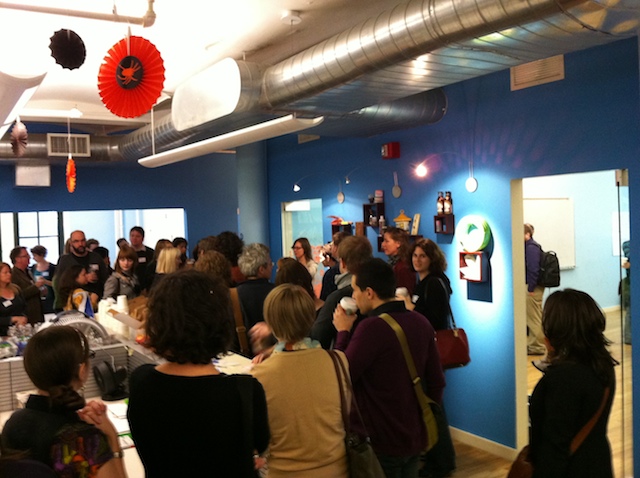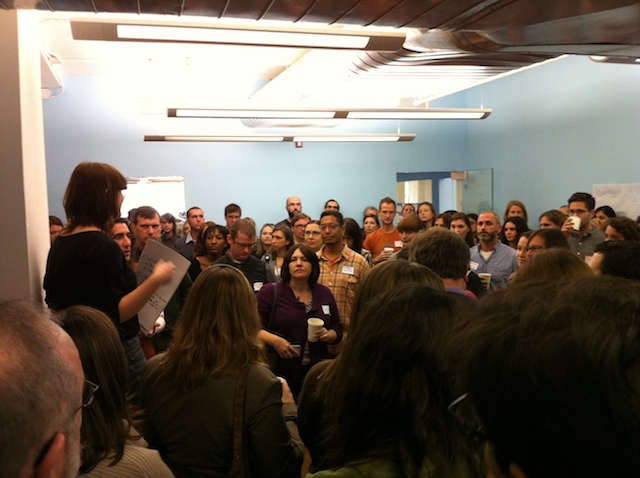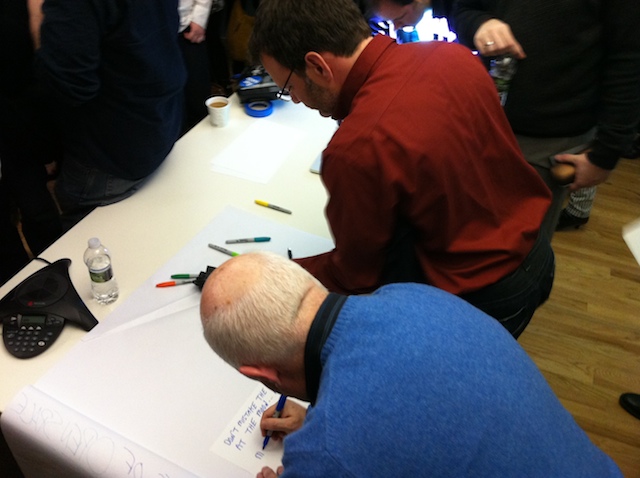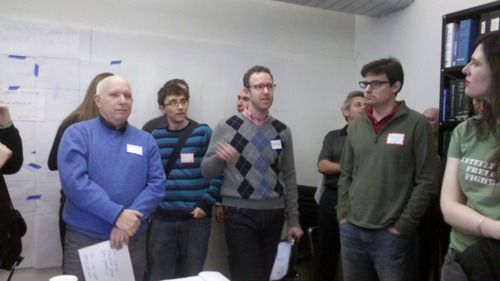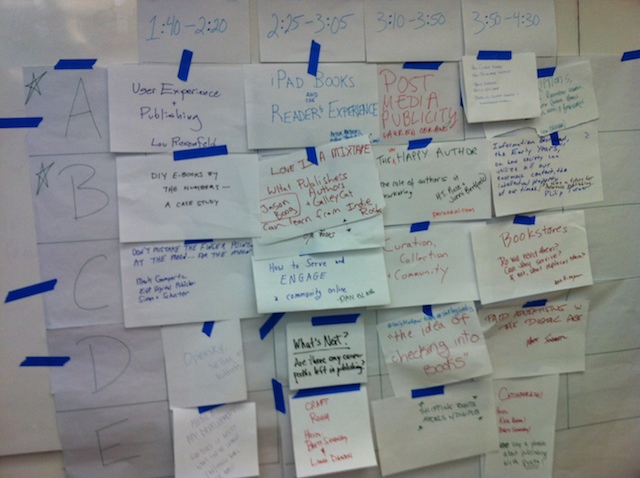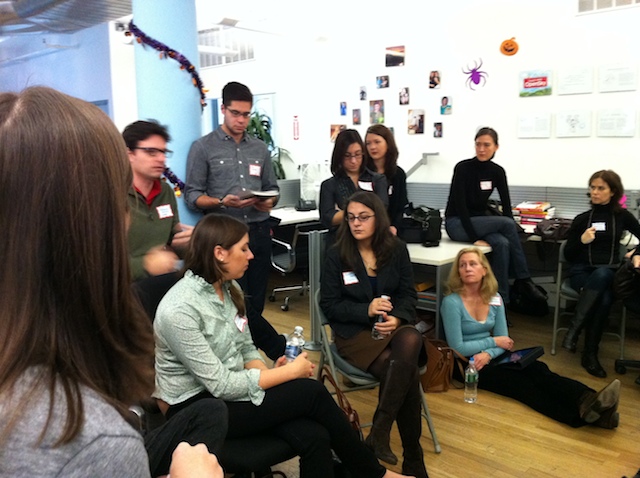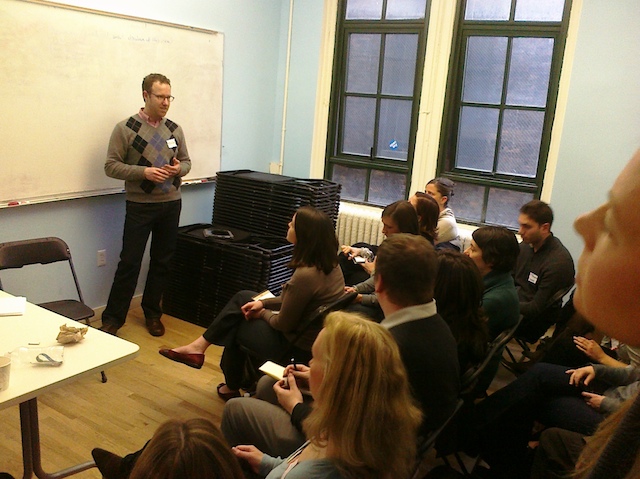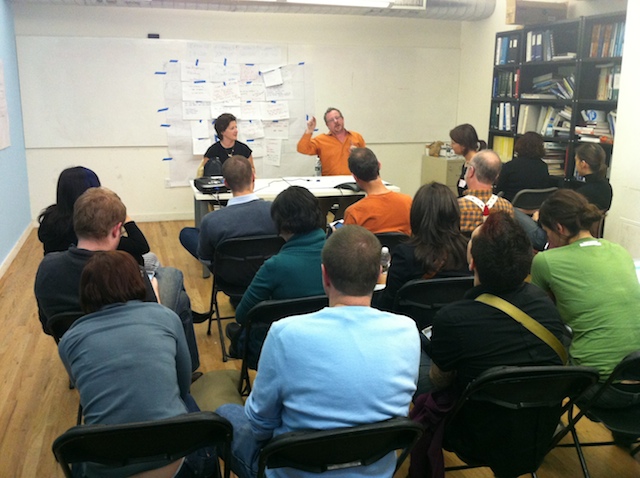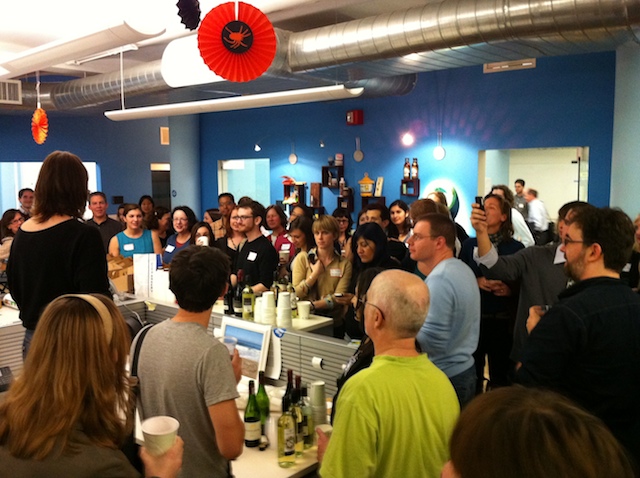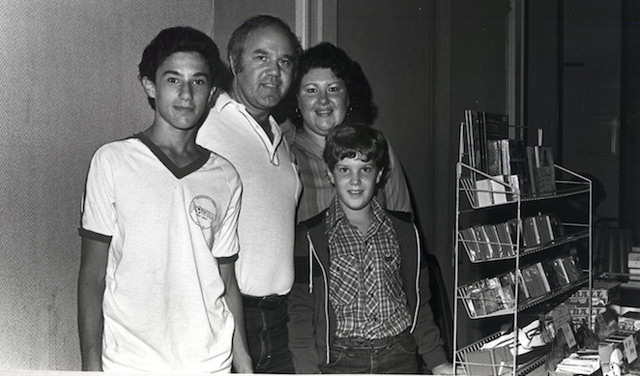I am excited to announce an online course I am launching: Build Your Author Platform. This course provides writers the skills they need to engage their audience, establish their brand, and grow their writing career. Whether you are a published author or not, this course is for you.
I’ve worked with hundreds of writers, training them in online content and marketing strategy – THIS is the course I’ve developed to not just share these strategies, but work WITH you to personalize them to your needs and goals. The course begins on March 2, and enrollment is still a few weeks away. The info below is a preview – if this course sounds like it may be fore you, sign up for updates, discounts, and bonus material.
This course teaches you the strategies and tactics that you need, and it all happens in an online environment where we are working together as a class to help each other move towards our goals.
The course covers:
- How to set clear and actionable goals that build your credibility as an author, and create a realistic plan to achieve them. This is not about throwing dozens of strategies at you, assuming you don’t have a family, career and personal life to attend to. This is about setting priorities, and creating a clear path forward.
- How to define the value of your work, and create your personal brand. Most people have a hard time explaining the value of their work in a concise manner that will engage their target audience. I’ll take you through the process to ensure you are creating a brand that aligns to the needs of your audience, and your long term goals as a writer.
- How to clearly target the readers and communities you are most interested in. Too often, marketing is about vague terms about ‘audience’ – we dig into practical ways to attract the real people you are hoping to engage.
- How to identify the needs and desires of your audience – the things that get them to stand up and take notice. We review research methods that are specific, targeted and actionable.
- How to optimize your online presence. If you don’t yet have one, we review the best practices to setting it up. If you already have an online presence, we identify how to best optimize and leverage it.
- How to create high-quality online content that will attract the community you love. Be it text, audio, video, or a mixture of them all, we review the tactics that work, and how to create a system to make this manageable. It’s too easy to say “blog every day” – I take you through ways to identify what will work, and how to do it with your existing resources.
- How to share your work in a way that builds real connections with your audience online. This is not just about ‘getting followers’ – it’s about building real connections with real people – setting the foundation for a fan base, or extending one if you have it already.
- How to create sustainable workflows to ensure consistent audience growth. It’s not enough for me to just help you during the course, I want you to walk away with a system in place that will ensure you find new ways to engage your audience long after the course ends.
This course is filled with strategies and tactics, culled from my experience of executing these ideas, not just reading about them. We cover content strategy, online marketing, search engine optimization (SEO), social media, and so many other topics. And we deal with them in a frank, down-to-earth manner. This is not a course for techies – it’s a course for real people trying to move towards their goals and build their writing careers.
I will be sharing more details on the course in the coming weeks, but here are some details to get you started:
- This is an online course – you simply need a web browser to access it.
- It will start in March and run through April.
- There is a mix of structured lessons, feedback from your instructor (me!) and interaction with other students. The goal is not to just dump information on you, but to give feedback, to personalize these strategies to your needs.
- Throughout the course, you won’t just learn about what you should do, you actually execute on the ideas. By the end of the course, you should be on your way to establishing your author platform.
Who is this course for? Published authors, pre-published authors, and writers of all sorts. I’ve tested it with fiction writers and non-fiction writers – both will find incredible value here.
I will be sharing more info in the coming weeks as I move towards launch.
If you have any questions, please feel free to reach out.
Thanks.
-Dan

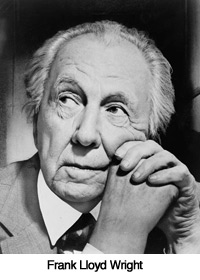 In the past, Wright had openly spoke out against the international style, and felt that architects who embraced it were creating soulless work. But for the MOMA exhibit he did something that surprised everyone: he began using stylistic elements that were emblematic of the international style. The thing about it is, he adopted the best of their style, and mixed it with his own sensibility.
In the past, Wright had openly spoke out against the international style, and felt that architects who embraced it were creating soulless work. But for the MOMA exhibit he did something that surprised everyone: he began using stylistic elements that were emblematic of the international style. The thing about it is, he adopted the best of their style, and mixed it with his own sensibility.
